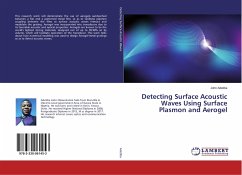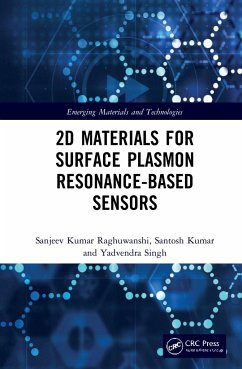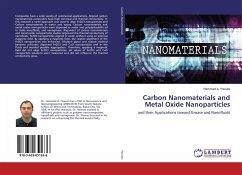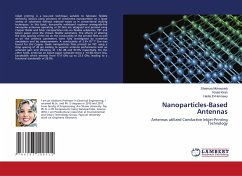
Numerical Study of Plasmon Resonances in Nanoparticles
An Integral Equation Based Approach
Versandkostenfrei!
Versandfertig in 6-10 Tagen
39,99 €
inkl. MwSt.

PAYBACK Punkte
20 °P sammeln!
Surface plasmon resonances in nanoparticles have numerous promising scientific and technological applications in such areas as nanophotonics, near-field microscopy, nano-lithography, biosensor, metamaterial and optical data storage. Consequently, the understanding of plasmon resonances in nanoparticles has both fundamental and practical significance. In this book, a new efficient numerical technique to fully characterize the plasmon resonances in three-dimensional nanoparticles is presented. In this technique, the problem of determining the plasmon resonant frequencies is framed as an integral...
Surface plasmon resonances in nanoparticles have numerous promising scientific and technological applications in such areas as nanophotonics, near-field microscopy, nano-lithography, biosensor, metamaterial and optical data storage. Consequently, the understanding of plasmon resonances in nanoparticles has both fundamental and practical significance. In this book, a new efficient numerical technique to fully characterize the plasmon resonances in three-dimensional nanoparticles is presented. In this technique, the problem of determining the plasmon resonant frequencies is framed as an integral equation based eigenvalue problem, and the plasmon resonant frequencies can be directly found through the solution of this eigenvalue problem. The numerical implementation of this technique is discussed in detail and numerous computational results are presented and compared with both theoretical and experimental data. The integral equation based numerical technique presented throughout thisbook can be instrumental for the design of plasmon resonant nanoparticles and to tailor their optical properties for various applications.












